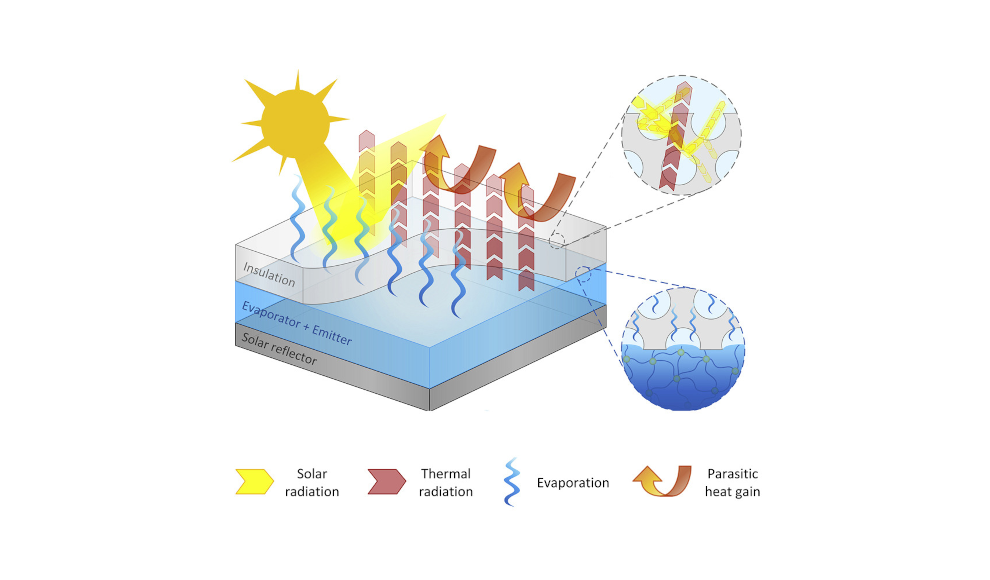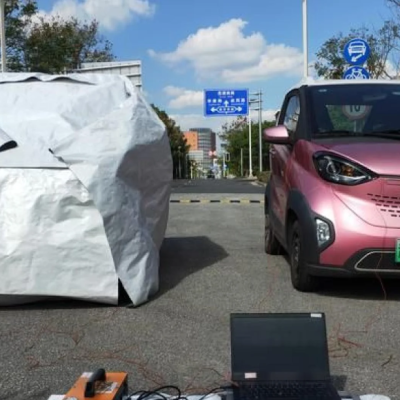Innovative Cooling System from MIT Reduces Temperature by Nine Degrees Celsius without Electricity
Klimaanlagen and refrigerators are responsible for a significant portion of global electricity consumption. With the increasing use of cooling systems due to climate change, researchers at the Ca Foscari University of Venice have been exploring alternative solutions. The Massachusetts Institute of Technology (MIT) has developed an innovative cooling system that requires no electricity. The system, which can reduce temperatures by up to nine degrees Celsius, is made up of three layers.
The outer layer is an aerogel with a sponge-like structure that is mostly made up of air, creating numerous small chambers with excellent insulation properties. The middle layer is a hydrogel with a similar structure, but the small cavities are filled with water, which absorbs heat through evaporation and emits infrared light. The innermost layer is a reflective material that reflects sunlight and prevents heat buildup. The combination of these three materials is the key innovation of the cooling system.
In experiments, the system was able to achieve a temperature reduction of up to 9.3 degrees Celsius without electricity. However, the system needs to be regularly refilled with water to maintain its maximum cooling effect. The developers believe that the system can be combined with conventional air conditioning units to reduce their electricity consumption. While the system is not yet market-ready, the researchers are working to reduce the cost of the aerogel, which is currently too expensive for widespread use.
Overall, the MIT cooling system offers a promising solution to the growing energy consumption of cooling systems. By combining insulation, evaporation, and radiation cooling in one architecture, the system has the potential to significantly reduce electricity consumption and mitigate the impact of climate change.










